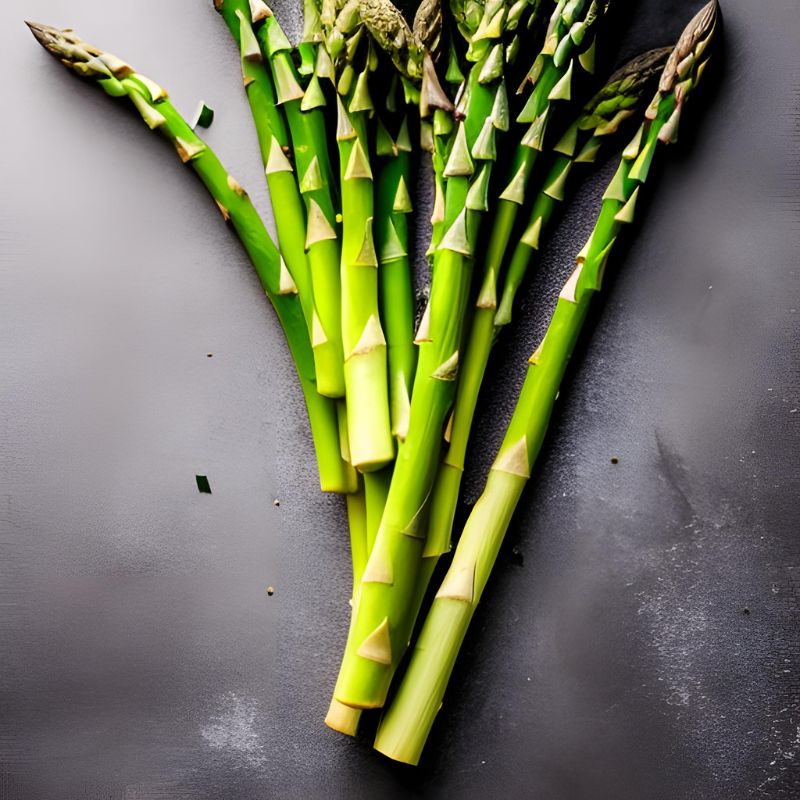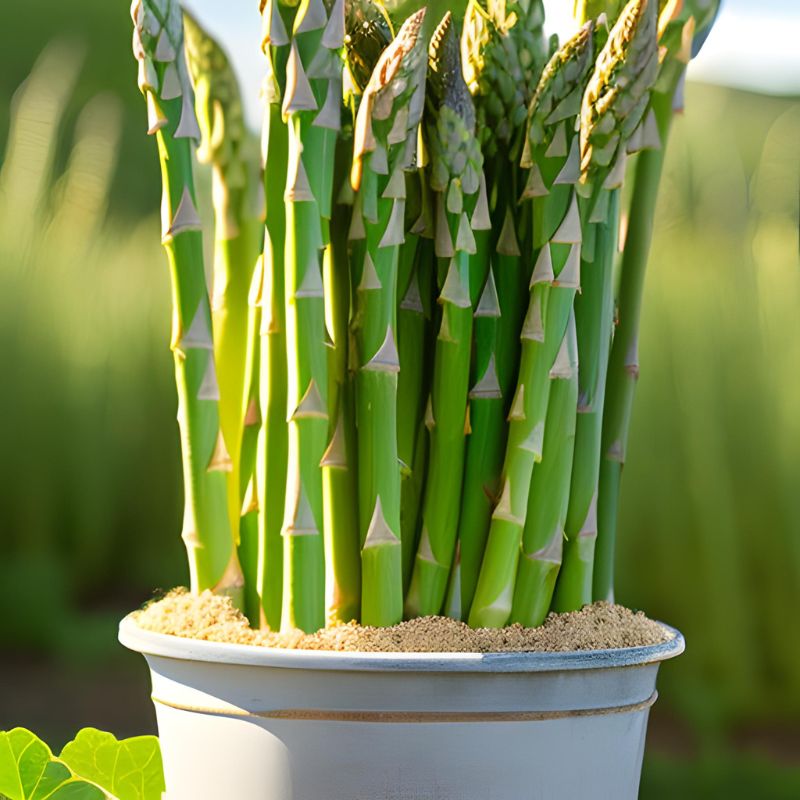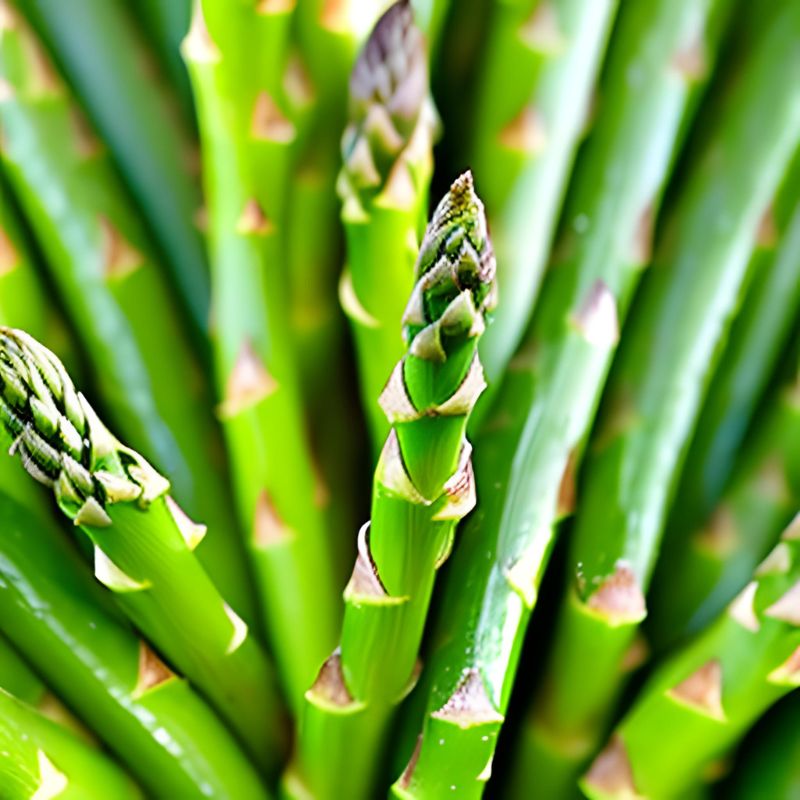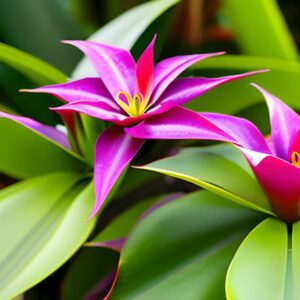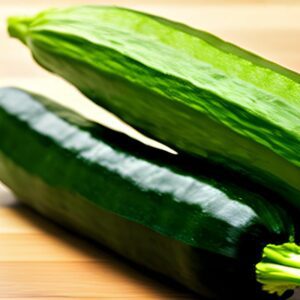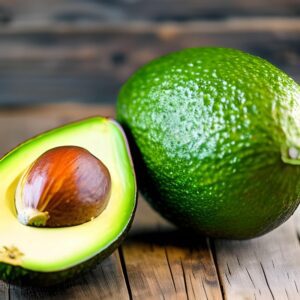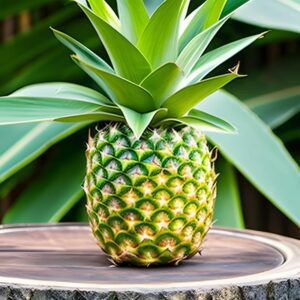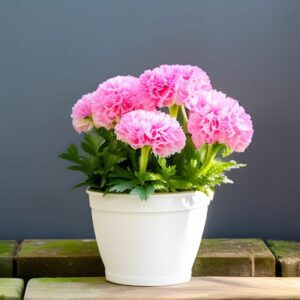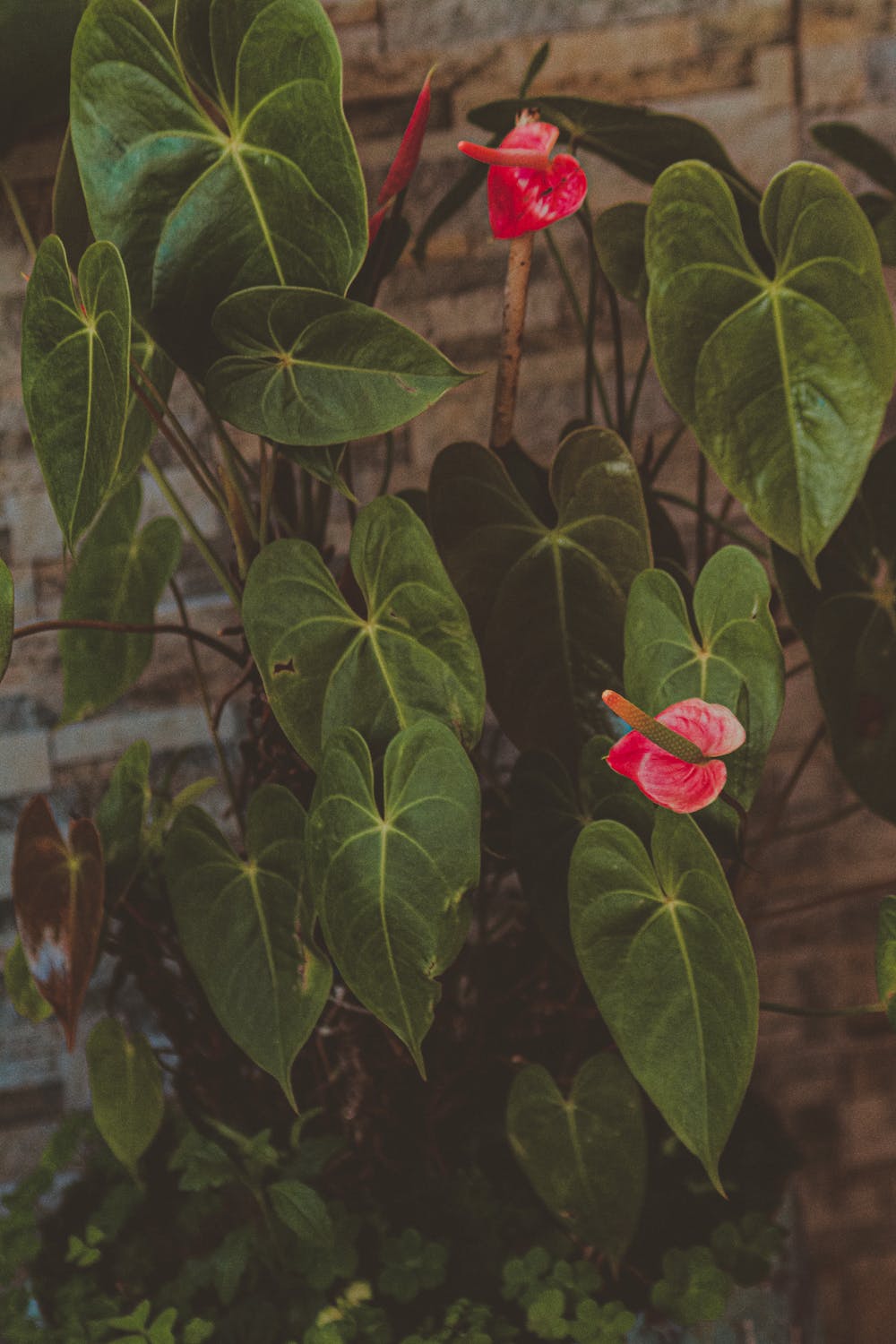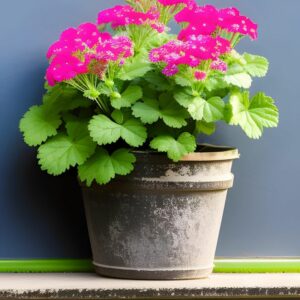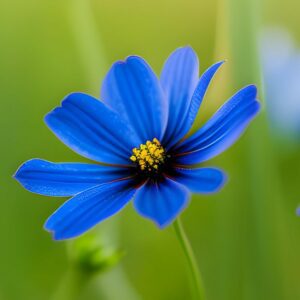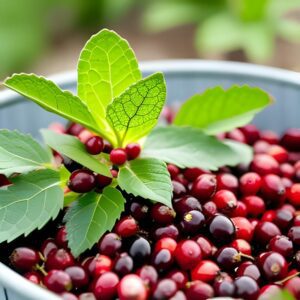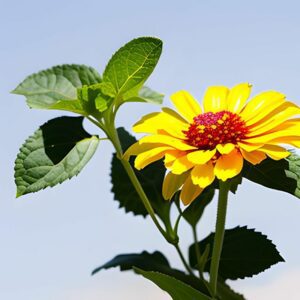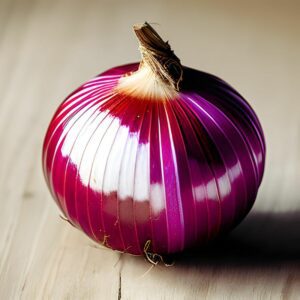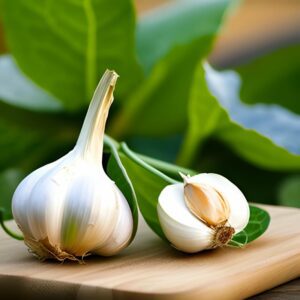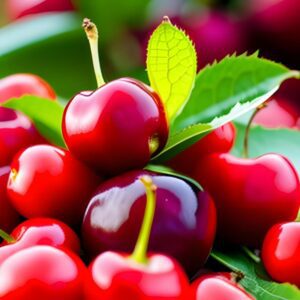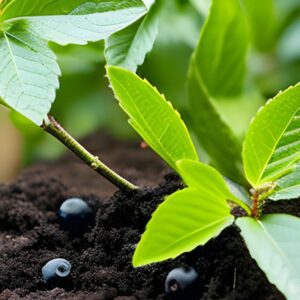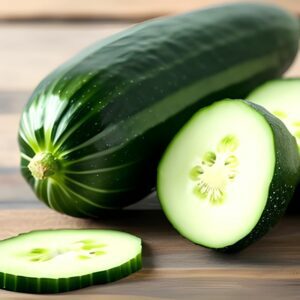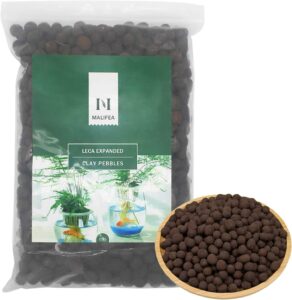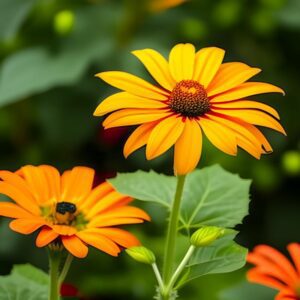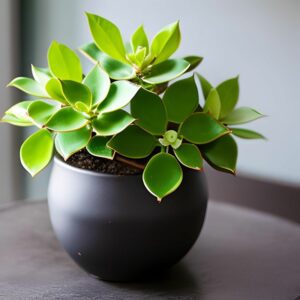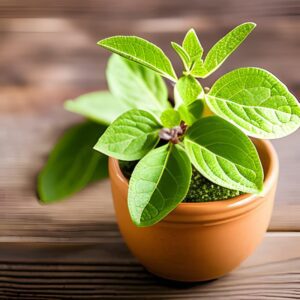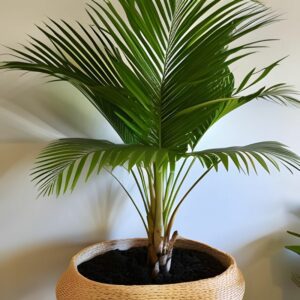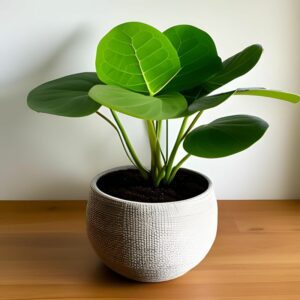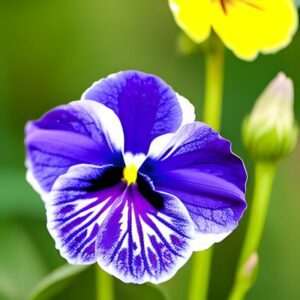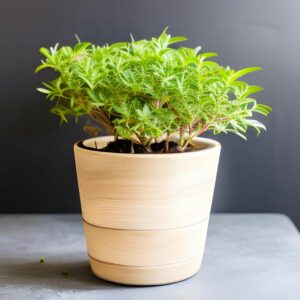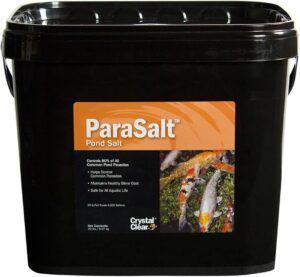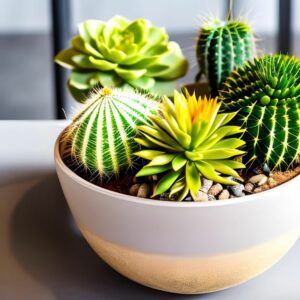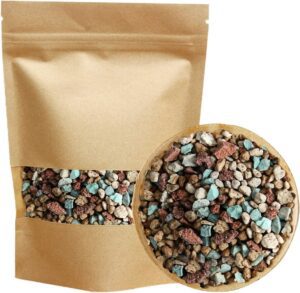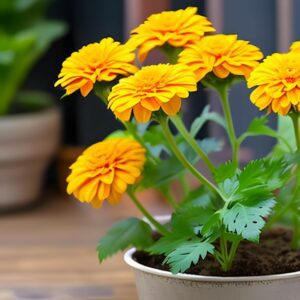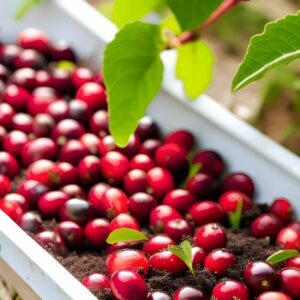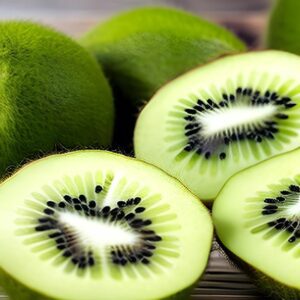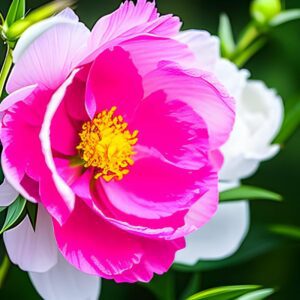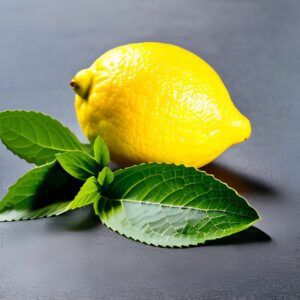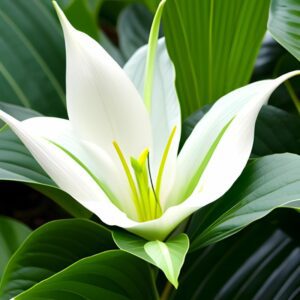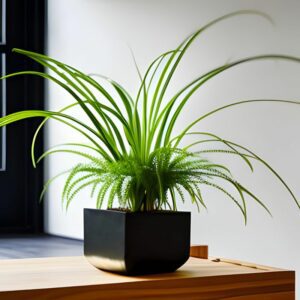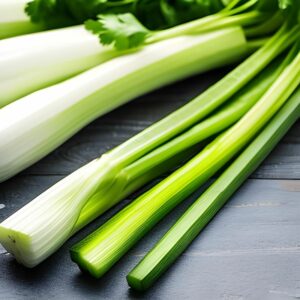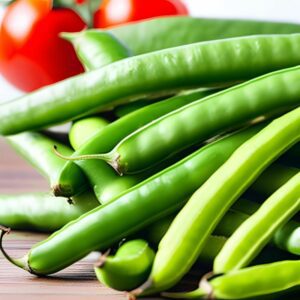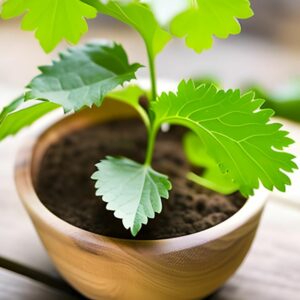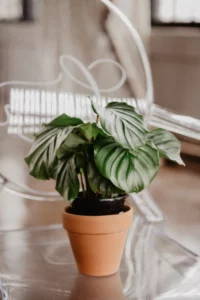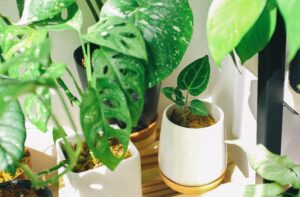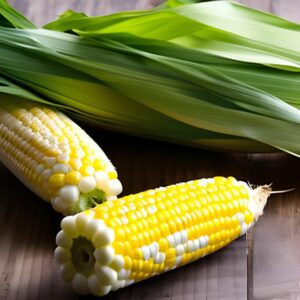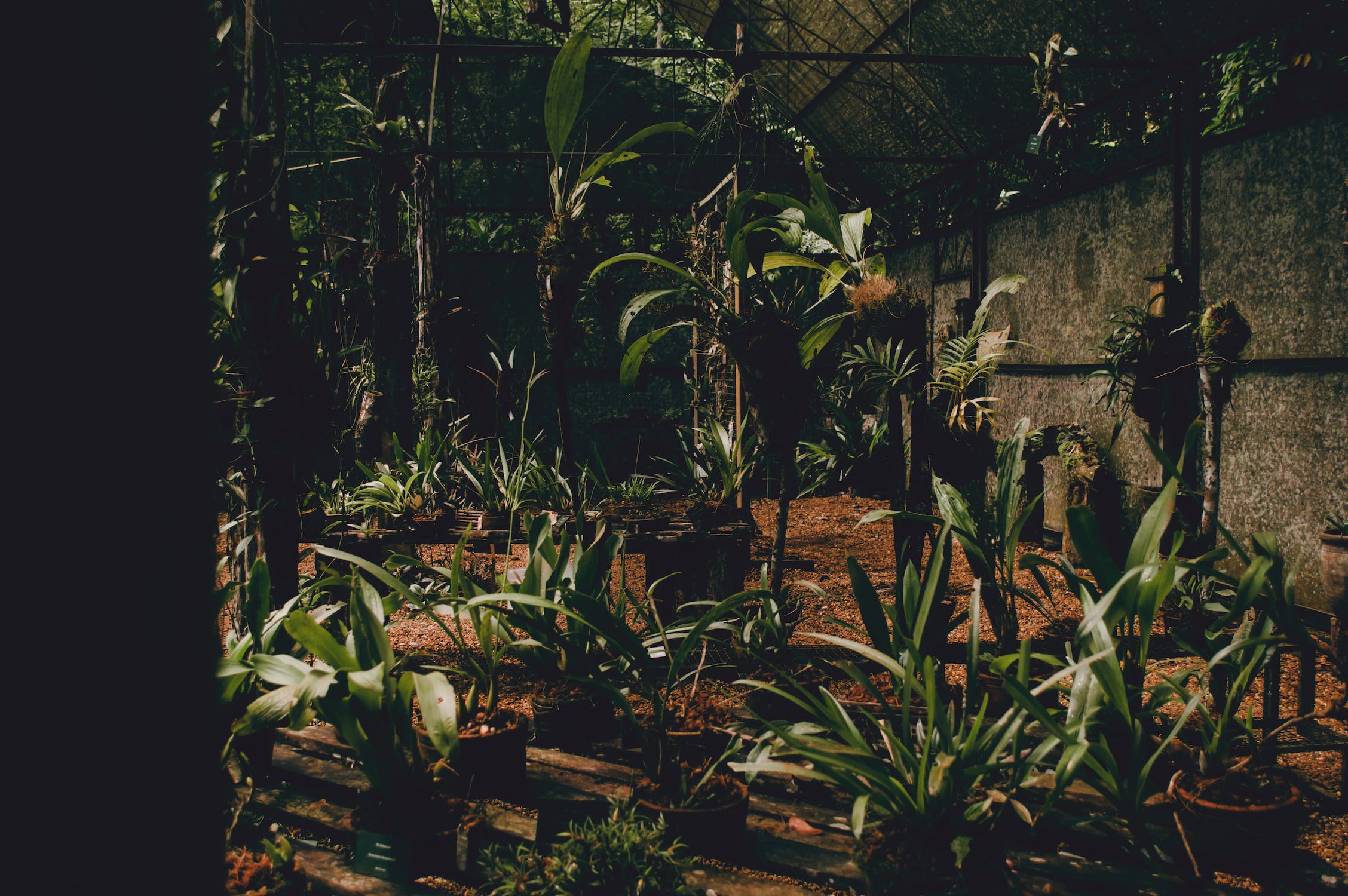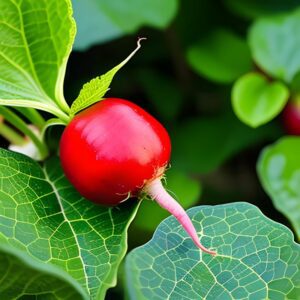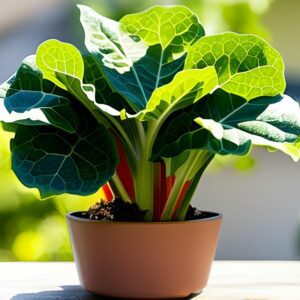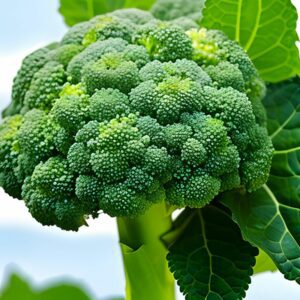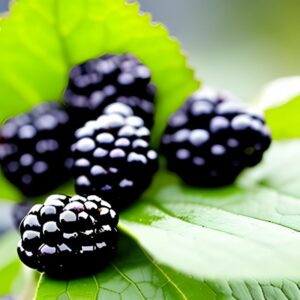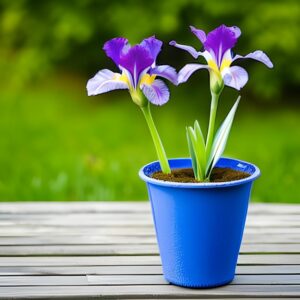Asparagus
Vegetables
- Mediterranean
- Easy
- 2-3 Years
Introduction
Asparagus is a perennial vegetable prized for its tender shoots and unique flavor. It is native to the Mediterranean region and has been cultivated for centuries. Asparagus spears are commonly enjoyed in a variety of dishes and are known for their nutritional value.
Plant Characteristics
Asparagus plants consist of fern-like foliage and underground storage roots called crowns. The edible portion of the plant is the young shoots or spears that emerge in spring. Asparagus can grow up to 4-5 feet (1.2-1.5 meters) tall.
Ideal Growing Conditions
Asparagus thrives in full sun but can tolerate partial shade. It prefers well-drained soil with a pH between 6.5 and 7.5. The location should be protected from strong winds. Choose a spot where the plants can grow undisturbed for several years.
Planting Guide
Plant asparagus crowns in early spring or fall. Dig trenches that are 6-8 inches (15-20 cm) deep and 12-18 inches (30-45 cm) wide. Space the crowns 12-18 inches (30-45 cm) apart within the trenches, ensuring that the crowns are covered with 2 inches (5 cm) of soil.
Watering and Fertilizing
Keep the soil evenly moist but not waterlogged. Water deeply during dry periods, especially when the spears are emerging. Apply a balanced fertilizer or compost in early spring and again after the harvest to replenish nutrients.
Pruning and Maintenance
Allow the fern-like foliage to grow throughout the summer to nourish the crowns. In late winter or early spring, cut back the dry foliage to ground level before new shoots emerge. Remove any weeds that may compete with the plants for nutrients.
Harvesting or Flowering
Begin harvesting asparagus spears in the second or third year after planting, once they reach a height of 6-8 inches (15-20 cm). Cut the spears just below the soil surface using a sharp knife or asparagus harvesting tool. Stop harvesting when the spears become thin or spindly.
Post-Harvest Care
After the final harvest, allow the remaining spears to grow and develop into ferns. These ferns will store energy for next year’s crop. Mulch around the plants to suppress weeds and retain moisture.
Troubleshooting
Asparagus can face issues such as pests (e.g., asparagus beetles) or diseases (e.g., rust or fusarium crown rot). Monitor the plants regularly and address problems with organic insecticides or fungicides as necessary.
Fun Facts
Asparagus is known for its unique ability to make urine have a distinct odor. This happens due to the breakdown of sulfur-containing compounds present in asparagus. Additionally, asparagus is a good source of vitamins A, C, and K, as well as folate and dietary fiber.
